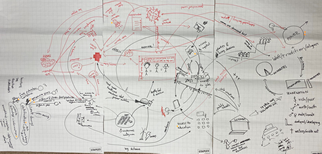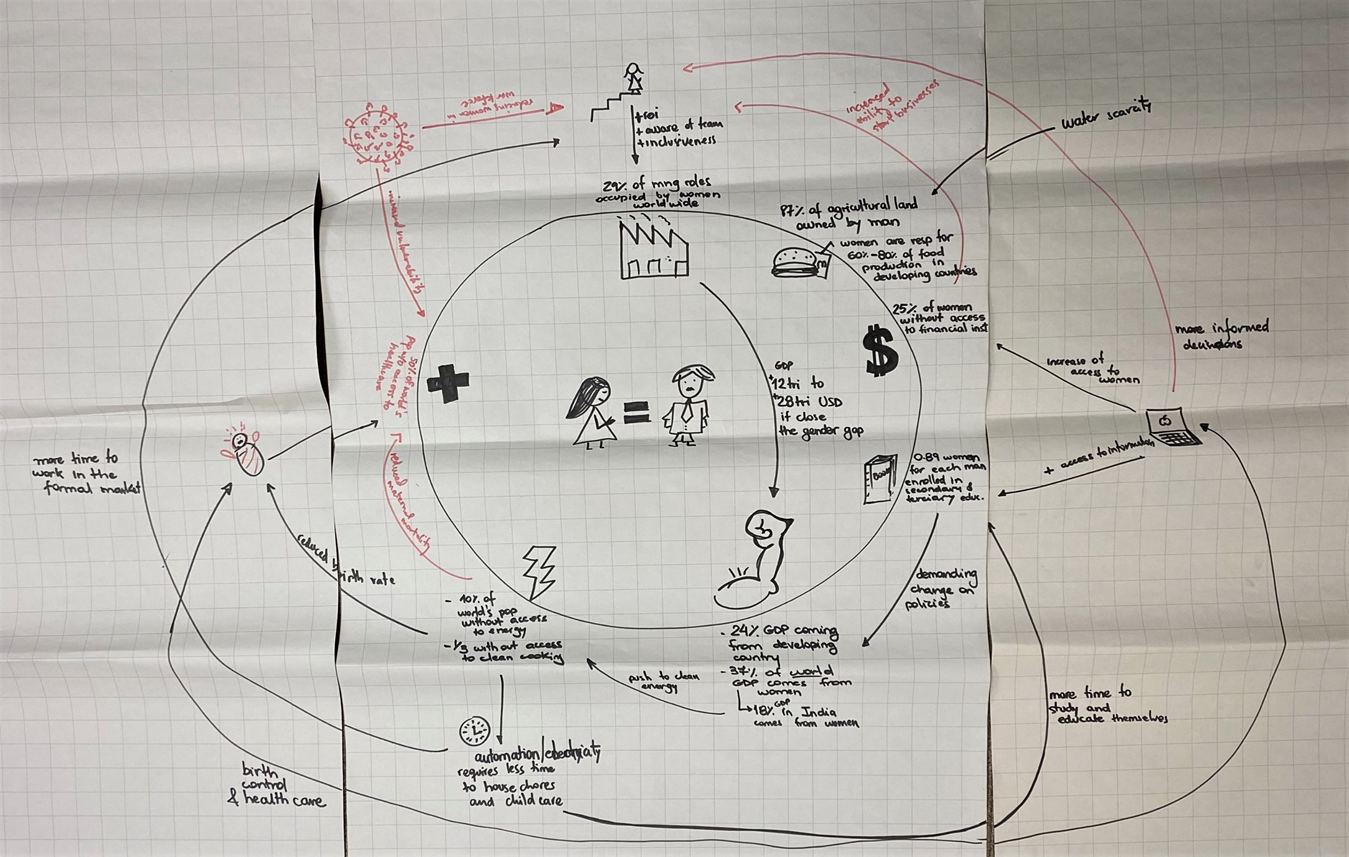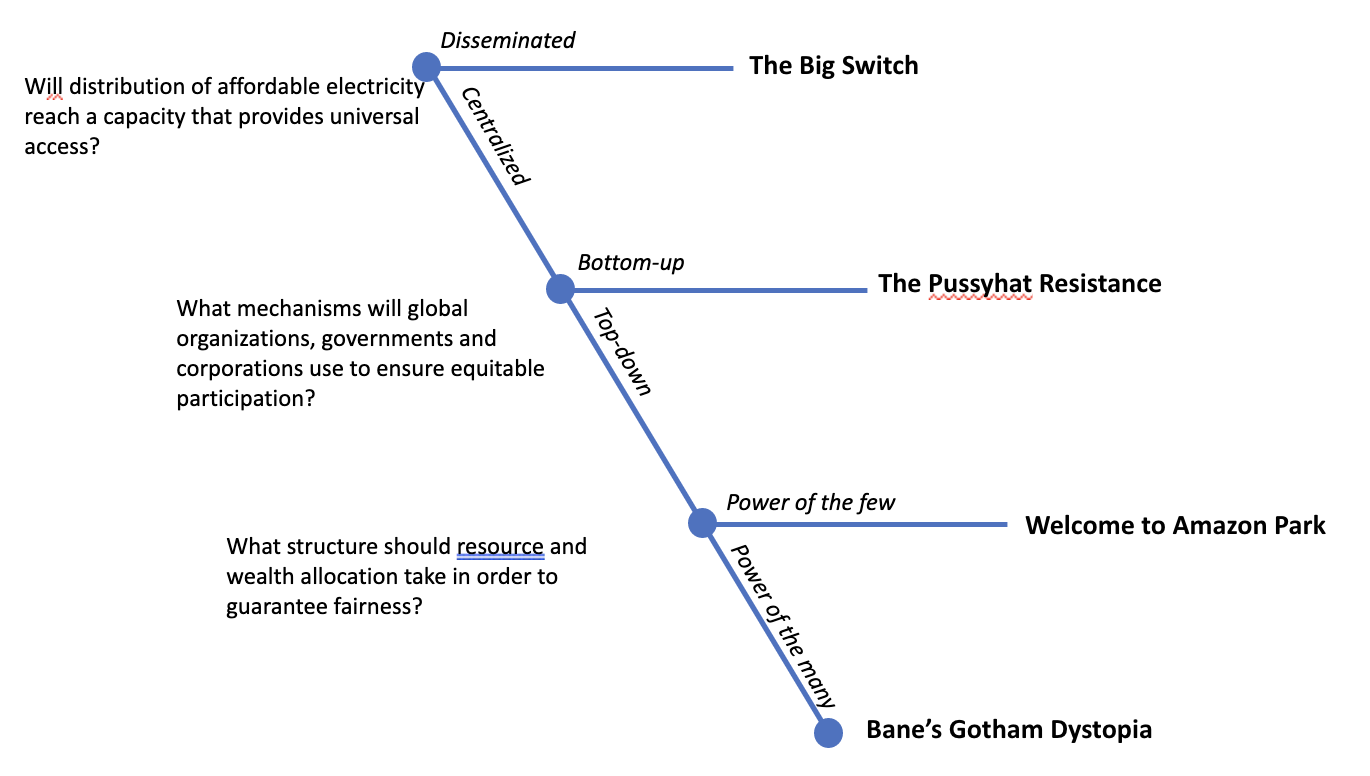Difference between revisions of "Global Equity/ Voice of Women"
Jump to navigation
Jump to search
| (66 intermediate revisions by 6 users not shown) | |||
| Line 1: | Line 1: | ||
==Team Members== | |||
* Abhimanyu Anurag Maheshwari | |||
* Johannes Radnitz | |||
* Jose Luis Pal-Antillon | |||
* Nathália Souza Teixeira | |||
* Ramon Julian Montilla Pesigan | |||
==Research== | |||
*[[Initial Questions - Day 1]] | |||
==Driving Forces== | |||
*[[Access to internet (Johannes)]] | |||
*[[Access to clean cooking (Johannes)]] | |||
*[[Access to affordable and convenient healthcare]] | |||
*[[Increasing the Power of the woman worker]] | |||
*[[Establishment of SDGs]] | |||
*[[Aging of developed countries]] | |||
*[[Automation and the future of work]] | |||
*[[Rise of the individual and the middle class]] | |||
*[https://www.scenariothinking.org:10443/index.php?title=Unequal_Wealth_Distribution_-_Abhimanyu_Maheshwari Unequal wealth distribution (Abhimanyu) ] | |||
*[https://www.scenariothinking.org:10443/index.php?title=Impact_of_Climate_Change_-_Abhimanyu_Maheshwari Impact of climate change (Abhimanyu) ] | |||
OTHER DRIVING FORCES:<br> | |||
*[[Scarcity of Natural Resources - Thalia Fry]] | |||
*[[Growth markets leap-frog Western economies - Erik Jongbloed]] | |||
*[[Increased investment in digitization and distribution of grids - Richa Kushwaha]] | |||
==System== | |||
[[File:System1_equity.png]] | |||
[[File:System2_equity.png]] | |||
==Fishbone Analysis== | |||
[[File:Fishbone_Final.png]] | |||
==Scenarios== | |||
*[[The Big Switch]] | |||
*[[The Pussyhat Resistance]] | |||
*[[Welcome to Amazon Park]] | |||
*[[Bane’s Gotham Dystopia]] | |||
Latest revision as of 18:07, 23 December 2021
Team Members
- Abhimanyu Anurag Maheshwari
- Johannes Radnitz
- Jose Luis Pal-Antillon
- Nathália Souza Teixeira
- Ramon Julian Montilla Pesigan
Research
Driving Forces
OTHER DRIVING FORCES:
- Scarcity of Natural Resources - Thalia Fry
- Growth markets leap-frog Western economies - Erik Jongbloed
- Increased investment in digitization and distribution of grids - Richa Kushwaha
System
Fishbone Analysis


